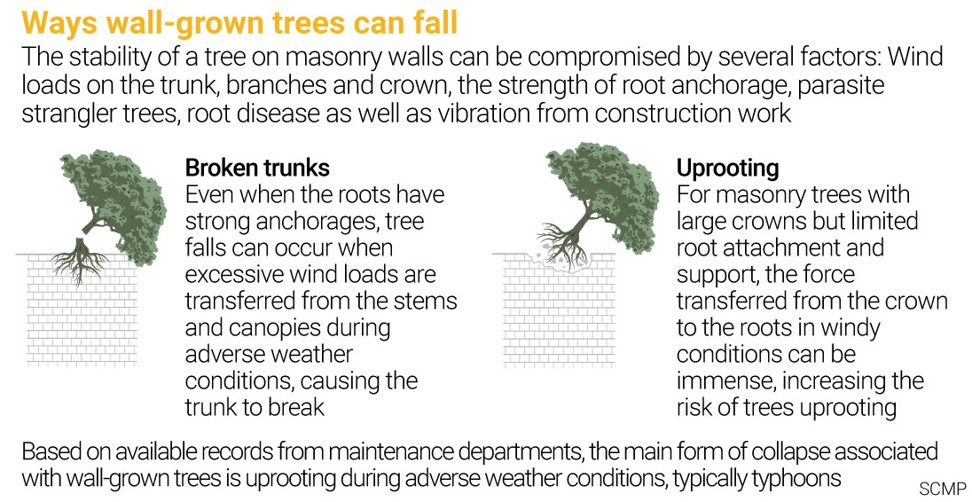
Hong Kong’s old trees are cut down with good reason, but the people need to know it
The government party comprises its various departments. The “non-government” party is mostly made up of local residents, district councillors, legislators and university workers. The major difference between these two parties is their respective duty, responsibility and liability on this issue.
Why removing two old banyan trees in Hong Kong touched a nerve
The duties of those in the government party are tree growth, maintenance and conservation. They are responsible for deciding whether trees are to be retained, relocated or cut down, and are liable to various degrees of disciplinary action should they make an inappropriate decision.
But those from the non-government party have officially nothing to do with those trees. It is only their appreciation of the value of trees that makes them come forward.
As a norm, they will be pressing for preserving the trees, as they are aware that even if these trees fail very soon, they will not be held officially responsible, and they can blame the government for not carrying out proper maintenance.
Specifically, the general public must be informed of the rationale behind the safety margin chosen for trees. For trees in populous areas, any failure, similar to structural failure, is likely to hurt people. Accordingly, their design approach should also have a large safety margin similar to that adopted for structures by city engineers, as this can ensure there are few tree failures in populous areas.
Unfortunately, this is also why a tree that looks pretty healthy has to be cut down.
Dr Wong Hong-yau, Happy Valley


